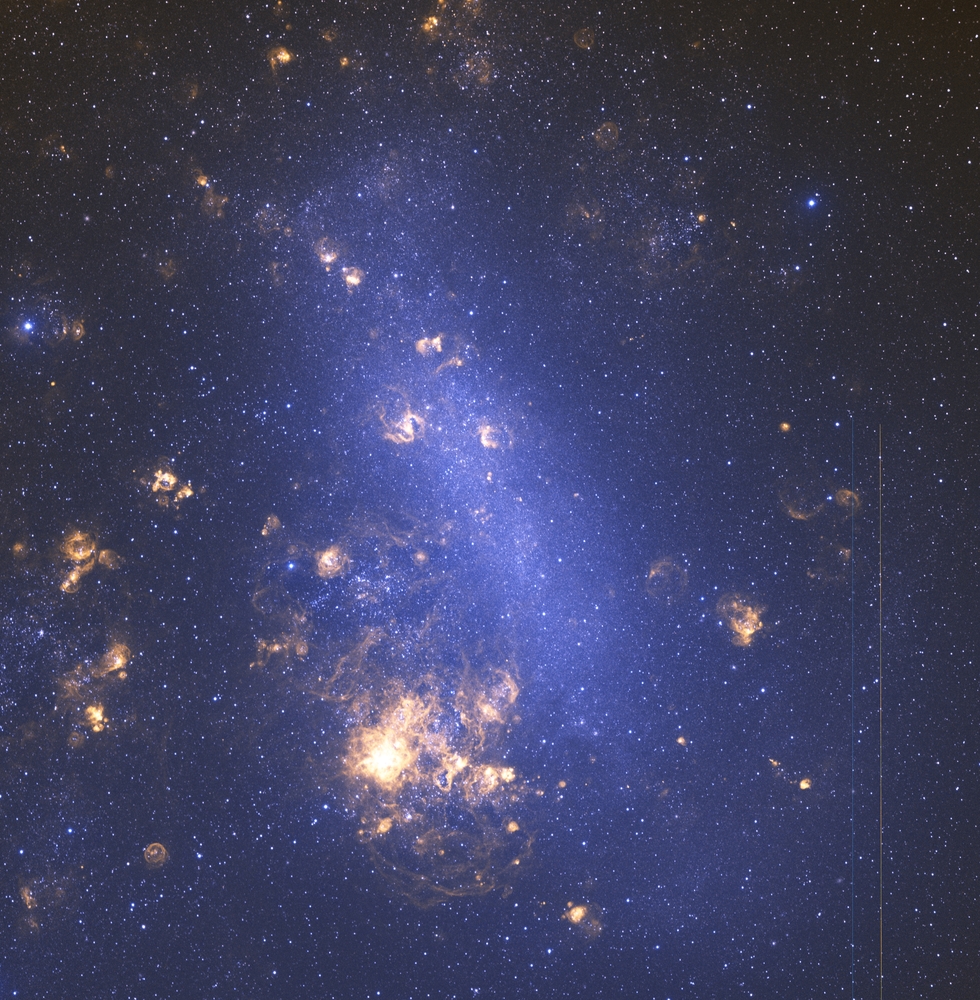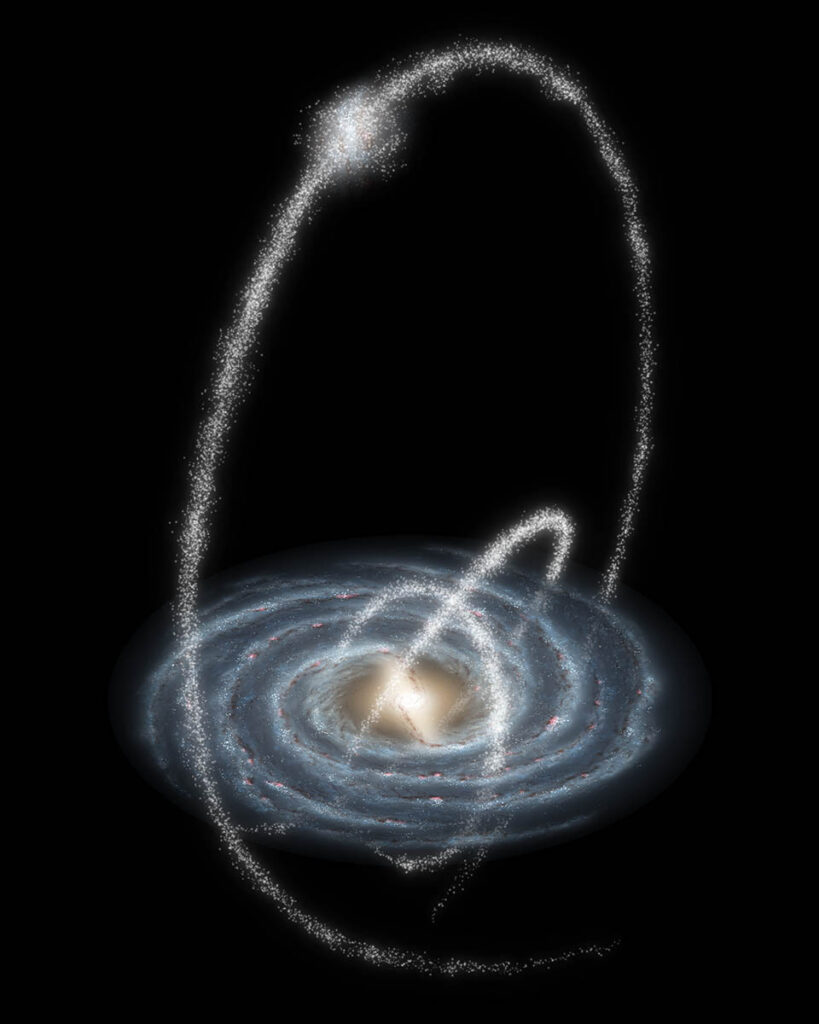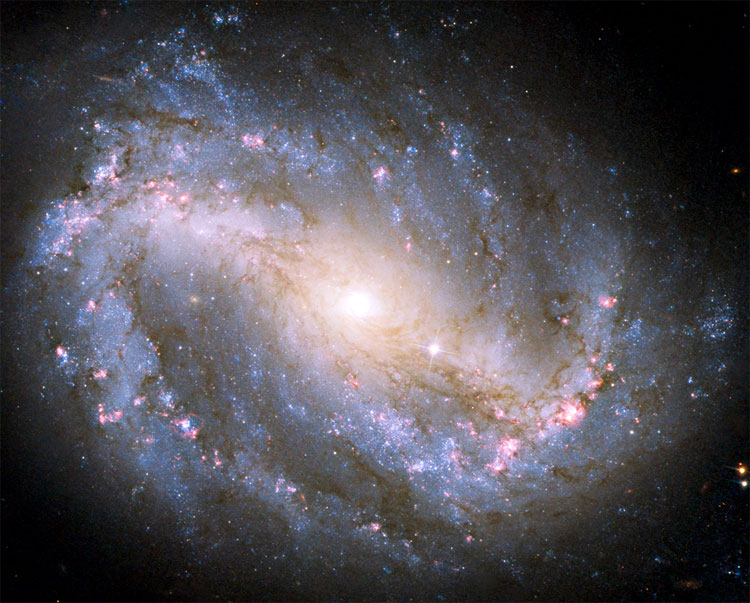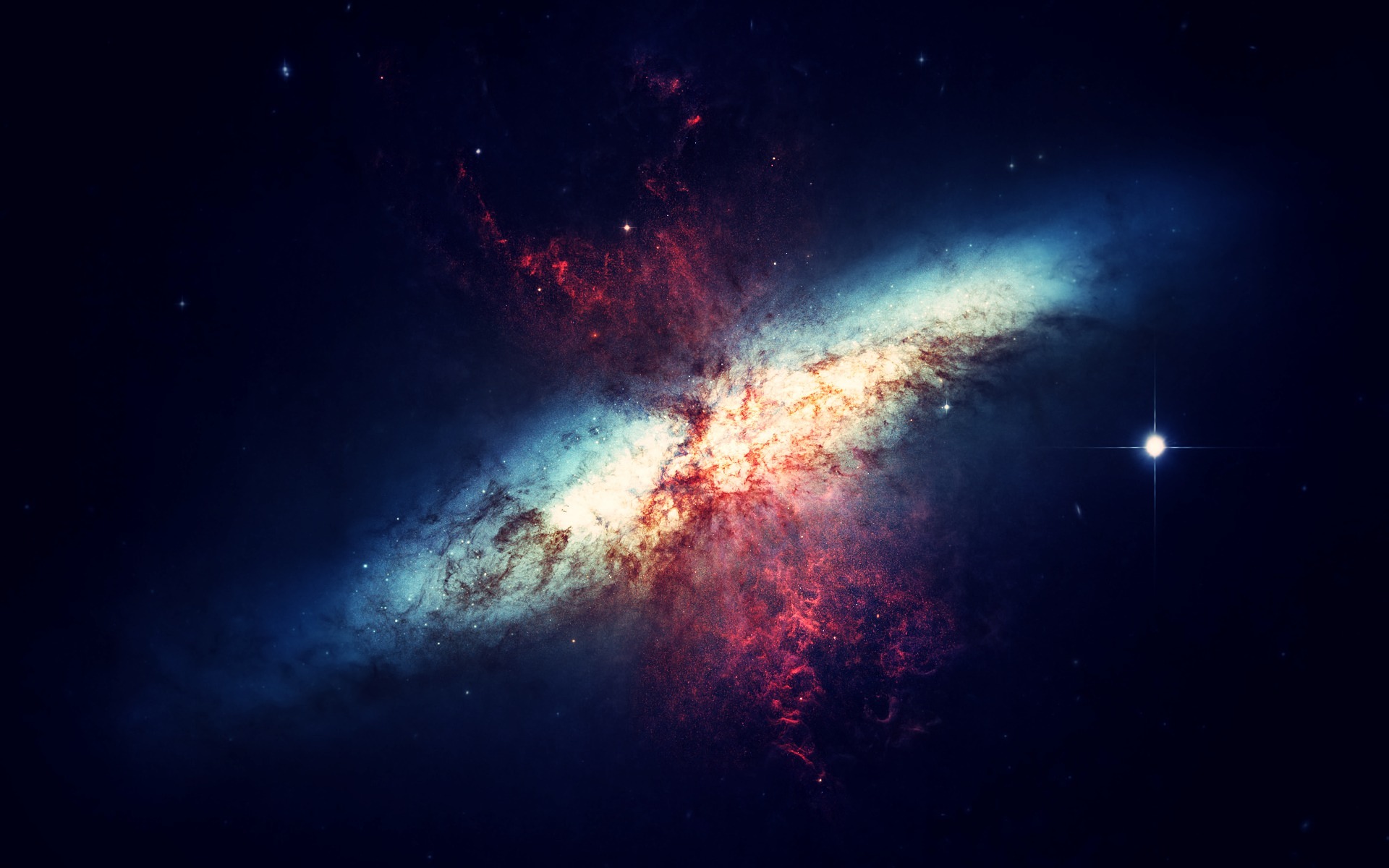Introduction
Galaxies nearest to milky way, The Milky Way, our celestial home, is an expansive galaxy teeming with stars, planets, and cosmic marvels. Despite its grandeur, it is not solitary in the vastness of space. It is accompanied by a multitude of other galaxies, each with its own distinct features and narrative.
In this article, we embark on a voyage to explore the seven galaxies that reside closest to the Milky Way. Known collectively as the Local Group, these galaxies are our cosmic neighbors, offering valuable insights into the broader realm of galaxies’ nature and evolution.
- Andromeda Galaxy (M31)
Galaxies nearest to milky way, The Andromeda Galaxy, also referred to as M31, stands as the nearest spiral galaxy to the Milky Way, located roughly 2.5 million light-years away. It holds the distinction of being the largest galaxy within the Local Group, boasting a size and structure akin to our own galaxy.
Visible to the naked eye under dark skies, Andromeda presents a captivating spectacle in the night sky. Its vast expanse is estimated to house over a trillion stars, making it one of the most massive galaxies in our cosmic vicinity.

- Triangulum Galaxy (M33)
Situated approximately 3 million light-years away from the Milky Way, the Triangulum Galaxy, also known as M33, is another prominent member of the Local Group. While smaller in scale compared to the Milky Way and Andromeda, it remains a remarkable sight in the night sky.
Triangulum’s spiral structure resembles that of the Milky Way and Andromeda. It is home to a plethora of young, luminous stars, contributing to its striking blue hue. Galaxies nearest to milky way.

- Large Magellanic Cloud (LMC)
The Large Magellanic Cloud, a dwarf galaxy located roughly 160,000 light-years from the Milky Way, stands out as one of our closest galactic neighbors. Visible to the naked eye from the southern hemisphere, it serves as a captivating sight in the night sky.
Characterized by its irregular shape, the LMC is renowned for its active star-forming regions. It hosts a variety of nebulae and star clusters, providing astronomers with a rich source of study. Galaxies nearest to milky way.

- Small Magellanic Cloud (SMC)
In proximity to its larger counterpart, the Small Magellanic Cloud lies approximately 200,000 light-years away from the Milky Way. Like the LMC, it is observable with the naked eye from the southern hemisphere.
The SMC’s irregular shape is home to numerous star-forming regions. Its interaction with the Large Magellanic Cloud is believed to be causing both galaxies to undergo distortion and change in shape. Galaxies nearest to milky way.

- Sagittarius Dwarf Spheroidal Galaxy
The Sagittarius Dwarf Spheroidal Galaxy, positioned roughly 70,000 light-years from the Milky Way, is a faint galaxy categorized as a dwarf spheroidal galaxy. This classification denotes its low surface brightness and lack of a distinct spiral or elliptical shape.
Evidence suggests that the Sagittarius Dwarf is currently being assimilated by the Milky Way, evident from the trailing stream of stars. This process of galactic assimilation is a common occurrence in the universe, with larger galaxies often absorbing smaller ones that come into proximity. Galaxies nearest to milky way.

- Ursa Minor Dwarf Galaxy
Located approximately 225,000 light-years from the Milky Way, the Ursa Minor Dwarf Galaxy is a faint galaxy categorized as a dwarf spheroidal galaxy. It ranks among the smallest galaxies within the Local Group.
The Ursa Minor Dwarf is recognized as one of the 11 known satellite galaxies of the Milky Way. These satellite galaxies orbit the Milky Way and are believed to be remnants of smaller galaxies absorbed by our galaxy over time. Galaxies nearest to milky way.


- Draco Dwarf Galaxy
The Draco Dwarf Galaxy, situated approximately 260,000 light-years away from the Milky Way, is a faint galaxy classified as a dwarf spheroidal galaxy. Like the Ursa Minor Dwarf, it serves as one of the satellite galaxies of the Milky Way.
Rich in dark matter, the Draco Dwarf’s mass is predominantly composed of this enigmatic substance. Dark matter, which does not emit, absorb, or reflect light, can only be inferred from its gravitational interactions with visible matter.

Conclusion
The seven galaxies highlighted in this article offer a glimpse into the vast tapestry of the universe. Their study not only enriches our understanding of galaxies but also sheds light on our place within the cosmos.
As we continue to explore the universe, we are bound to unravel more mysteries and wonders, further deepening our comprehension of the cosmos and our role within it.
KNOW MORE https://en.wikipedia.org/wiki/List_of_nearest_galaxies
READ ALSO ABOUT, https://abulletinnews.com/habitable-planets-in-our-milky-way-galaxy/?amp=1
